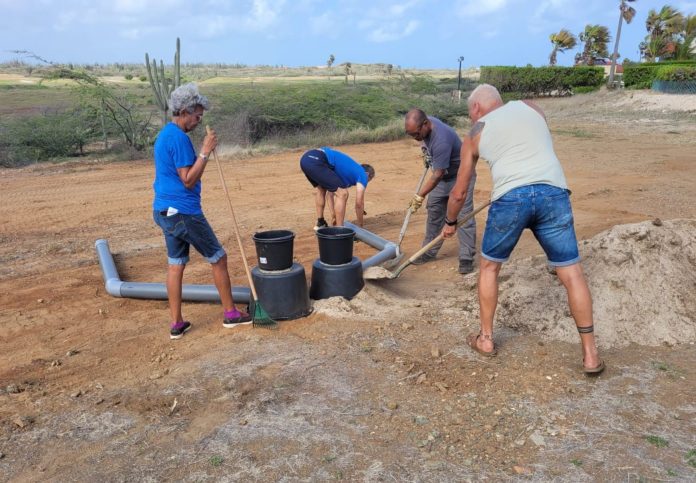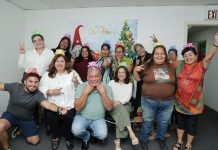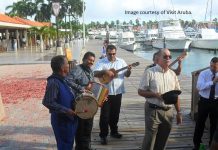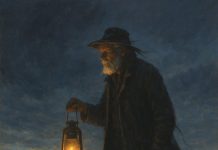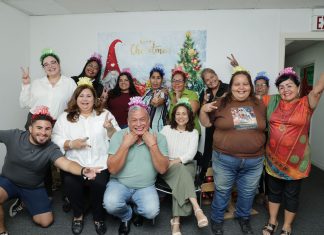In a statement, Aruba Birdlife Conservation has announced an urgent need for funds to continue placing artificial nests to preserve the Shoco owls.
In recent years, Shocos (Aruban Burrowing Owls) have faced increasingly severe challenges in finding safe and suitable breeding areas around the island.
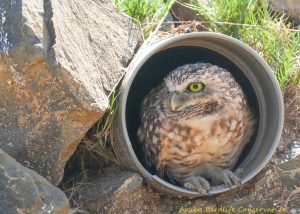
Tera Cora, the area behind the Tierra del Sol golf course, was once a high-biodiversity zone and one of the most important breeding grounds for the Burrowing Owl (Athene cunicularia arubensis), locally known as “Shoco.”
In 2019, to improve the chances of survival for the Shoco, the first 20 artificial nests were installed at the Tierra del Sol golf course. The main reason for this was to provide alternative breeding opportunities due to the systematic destruction of their natural nests in Tera Cora by the unregulated use of UTV and ATV activities.
More than 90% of their natural nests in Tera Cora have been destroyed over the years, primarily due to reckless off-road vehicle use. It is widely recognized, both locally and internationally, that Aruba’s unsustainable tourism, including so-called “adventure” tourism, has taken a heavy toll on the island’s environment and biodiversity.
Now, after five years, they are pleased to report that these artificial burrows are making a difference and improving the survival chances of the Shoco owls.
So far, more than 60 artificial burrows have been installed. Their goal is to reach 500 in the coming years by placing them in safe locations around the island to give the Shocos an alternative nesting option.
To achieve this goal, they need funding. As they approach the last quarter of 2024, they are hoping that companies, organizations, clubs, and others will consider including the Shoco Conservation Project in their donation lists. Every contribution makes a difference.
At the beginning of this year, discussions began with the new owners of the golf course about the existing Shoco conservation project. The new owners, the Iberostar group, have agreed to continue supporting the project and are committed to taking it a step further.
Maintenance will be carried out on the existing artificial nests as the golf course undergoes renovations and improvements. Additionally, 12 new artificial nests will be added in secure areas around the golf course, increasing the total to 32.
This specific Shoco conservation project, led by Aruba Birdlife Conservation, will be integrated into the new design and branding of the golf course, incorporating an educational component as part of the overall experience for golfers.
Information about the Shoco conservation project will be available at the pro shop and on social media, helping to raise awareness among visitors, local golfers, and staff, who will be trained to answer the many questions visitors often have.
This initiative will enhance the overall golf experience in Aruba for both visitors and locals while giving the endangered Burrowing Owl a better chance at survival.
The non-governmental organization (NGO) Aruba Birdlife Conservation (ABC) Foundation also regularly raises concerns about environmental protection, as well as cases where nature and wildlife are harmed.
In July, ABC had expressed concerns on their Facebook page about the harm some Shocos are suffering.
The foundation stated that in June, Shocos faced various difficulties—three died from poisoning, one died during road maintenance, and two were hit by vehicles. The NGO noted that these are only the cases they are aware of, and the mortality rate is likely higher since not all incidents are reported to them.
“We are happy when we can help those that survived return to the wild life of Aruba. However, some cases require intensive treatment, which can take more than a year before a Shoco can be released or partially released back into the wild. It requires specialized knowledge and great dedication to reach the point of returning a Shoco to its natural habitat,” ABC emphasized.
The photos they published in July depicted a Shoco that had clearly lost sight in one eye, and another Shoco appeared to have partially lost vision in the other eye. ABC explained that Shocos need their sight to find food. If they can successfully do so, they can maintain their nests and take care of their baby Shocos as best as possible. However, when their vision is impaired, it requires more effort from the Shoco to care for itself and its family.
The foundation also shared tips on how people can help prevent accidents that harm the Shocos.
It is important for drivers to be more cautious when near a Shoco nest or when they spot one nearby. Additionally, when engaging in off-road activities with ATVs or UTVs, it’s crucial to ensure these vehicles stay on designated paths, as Shoco nests are not easy to spot and are more likely to be damaged or destroyed accidentally.


